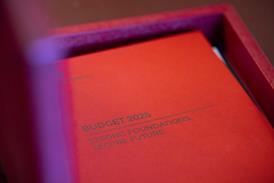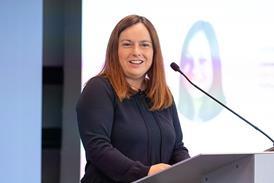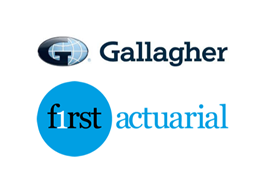While the government’s consolidation agenda is driving interest in defined contribution (DC) master trusts, many employers still prefer to go it alone with ‘own trust’ arrangements.

New research from Barnett Waddingham has shown that 38.5% of DC schemes with £500m or more in assets are in ‘own trust’ arrangements, compared to 34.4% that are now in master trusts.
However, master trusts have increased their share of the large DC market over the past few years, as they accounted for 29.6% of schemes in Barnett Waddingham’s 2022 survey.
In addition, master trusts now account for 40% of DC schemes with more than £1bn in assets – the same proportion as own-trust schemes.
The resilience of own-trust DC pension schemes despite the growth of master trusts was credited to their ability to engage with members, provide more investment options, and interact digitally with savers, according to the consultancy’s report on the data.
Its work analysed 122 of the UK’s largest DC pension schemes covering a combined £157bn in assets.
Barnett Waddingham said its research indicated that master trusts were no longer seen just as a home for consolidating smaller or struggling schemes, but instead were being increasingly used by large organisations managing substantial assets and tens of thousands of members.
Mark Futcher, head of DC at the company, said: “Pension reform is firmly on the government’s agenda, with the Mansion House Accord and Pension Schemes Bill both encouraging large-scale consolidation.
“Master trusts have already helped to deliver real improvements for businesses, both in terms of price and operational efficiency – and they will continue to play an important role in the years to come.”
Cost versus value in DC provision
One of the government’s aims through the Pension Schemes Bill is to refocus pension provision on overall value rather than just cost.
Futcher said it was important that employers “don’t mistake cost-cutting for value” when considering a master trust.
“Our research shows that many own-trust pension schemes – particularly those run by larger employers – are also continuing to deliver exceptional value, especially when it comes to member engagement, digital interaction and at-retirement decision making.”
“In this environment, choosing the right structure isn’t just an operational decision – it’s a meaningful commitment to the futures of millions of savers.”
Mark Futcher, Barnett Waddingham
Master trusts reported marginally lower total expense ratios (TERs) on average than own-trust arrangements. Bundled own-trust schemes – those using the same investment and administration platform – levied an average TER of 28 basis points in 2025, compared to 21 basis points for master trusts.
Unbundled own-trust schemes, which use different platforms for investment and administration, charged an average TER of 24 basis points. All three groups have experienced a decline in costs since the 2022 survey.
While master trusts had lower costs on average, Barnett Waddingham’s data also showed a difference in engagement patterns for members. More than a quarter (26%) of large own-trust schemes had assets invested in self-select funds, compared to 16% in master trusts.
The consultancy said this suggested that people in these schemes felt more confident or better supported to make their own investment choices.
When looking at engagement across a sub-section of 33 large schemes, own-trust schemes scored higher than master trusts.
Around 48% of own-trust scheme members sought advice at the point of retirement, compared to 46% in master trusts. Own-trust schemes also saw stronger online engagement, reporting higher rates of portal and app usage as members logged in to check their pot sizes and interact with their savings.
Futcher said: “The right solution will look different for every business, and in a system moving rapidly toward scale, trustees and employers have a real responsibility to ask: what will drive better outcomes for our people?
“In this environment, choosing the right structure isn’t just an operational decision – it’s a meaningful commitment to the futures of millions of savers.”






















